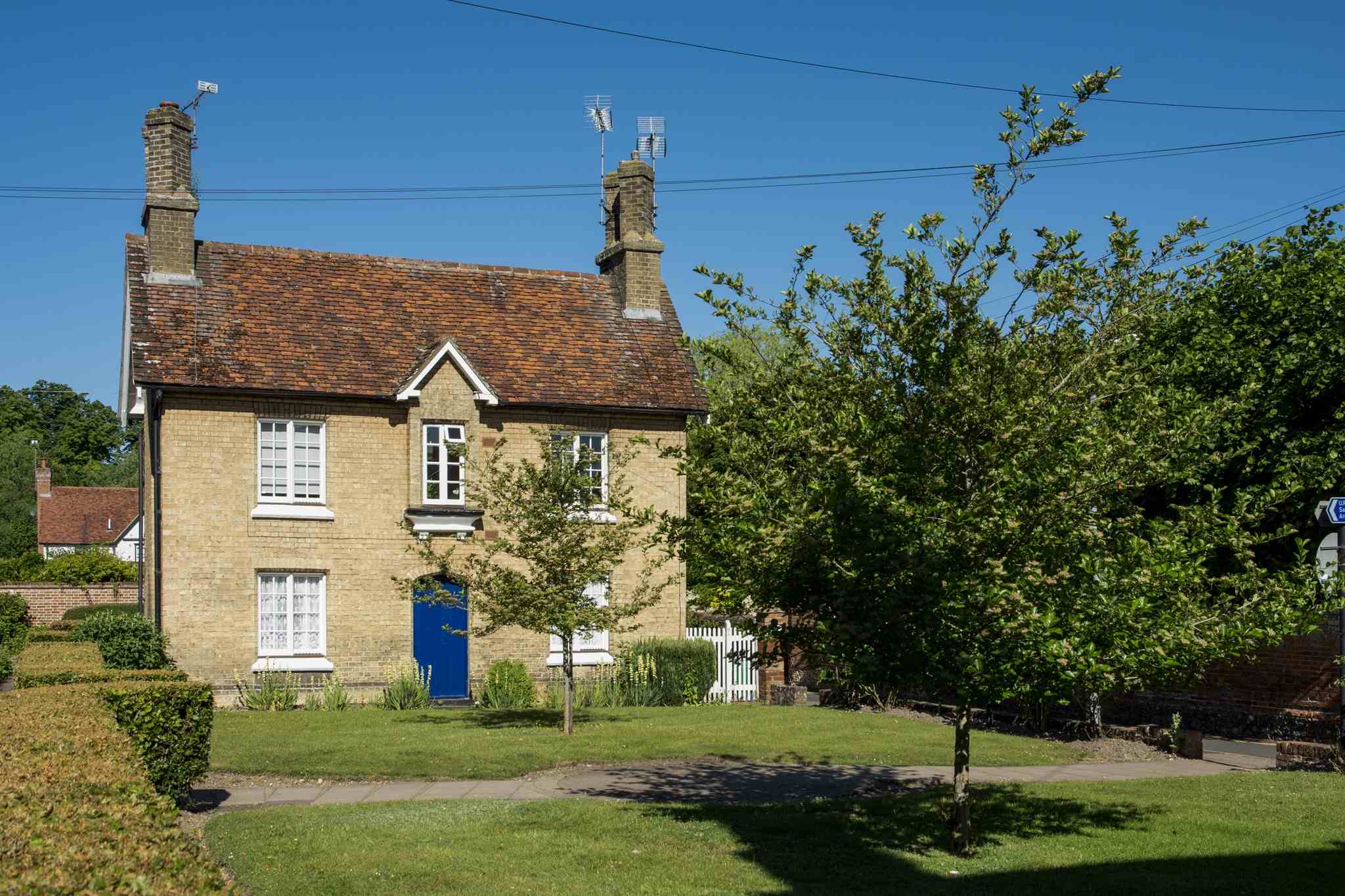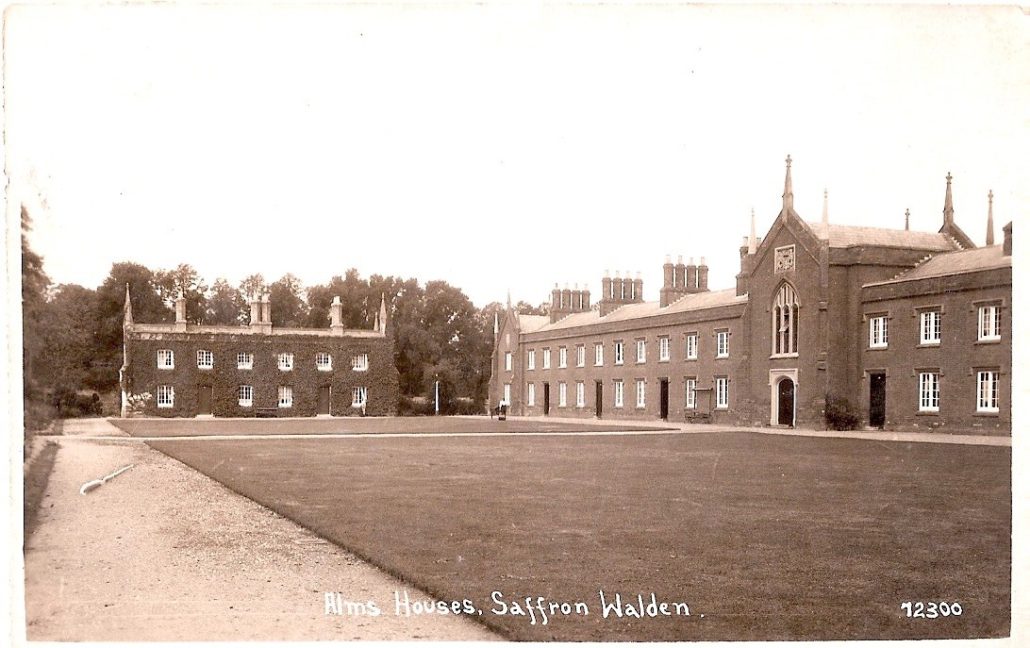What is an almshouse?
There are more than 1600 almshouse charities in the UK. All of them offer low-cost housing to local people and are uniquely governed by volunteer trustees. Whether made up of historic buildings or more modern accommodation, they often provide a sanctuary when the cost or complexities of living feel challenging.
Who we help
In Saffron Walden, our trustees and staff manage 47 affordable homes for people on a low income with limited savings. We welcome those receiving benefits and, unlike many almshouse charities, have no lower age limit when it comes to granting licences. So, whether you’re nine or ninety, our aim is to keep residents close to the schools, work and families they love.
Our History
In 1400 the Guild of Our Lady of Pity was established in Saffron Walden by Charter from Henry VI following a bequest of £40 from John and Eleanor Butler.
One purpose of the Guild was to provide Almshouses for “13 poor men such as be lame, crooked, blind and bedridden and most at need”. Many local benefactors gave gifts of land and money. The infamous 16th-century Mazer Bowl, once drunk from and referred to by Samuel Pepys in his famous diary, was such a gift. Sold in 1929 to raise money for urgent roof repairs it is now in a private collection but a replica is on display in Saffron Walden Museum. By Act of Edward VI the Almshouse lands and estate were devolved to the King but he agreed to return them to the town in his name, and so they have continued.
Since 1400 there has been a succession of buildings on the same site, housing local people of modest means through the centuries. The main Almshouse building you see today in Abbey Lane was built in 1834. The eastern wing was built in 1840 and the western wing in 1881, both of them being funded by members of the Quaker Gibson family, well-known philanthropists in Saffron Walden and responsible for many of the important buildings in the town.
Saffron Walden Almshouses is a member of the Almshouse Association which was formed in 1946 to support the work of the nation’s Almshouses.
Free talks for your group or organisation!
Did you know that your group or organisation can book a free talk about Saffron Walden Almshouses with one of our very knowledgeable Trustees? Learn all about the history of our charity and buildings, dating back to 1400, and find out about our exciting plans for the future!
To book, please call 01799 513914 or email admin@swalmshouses.org




